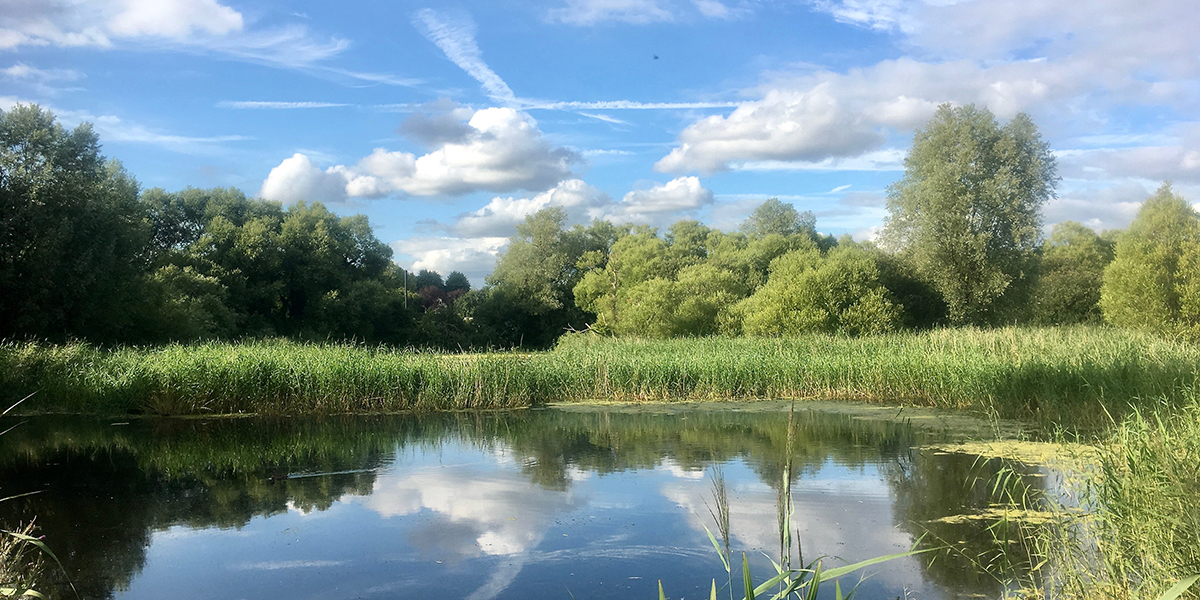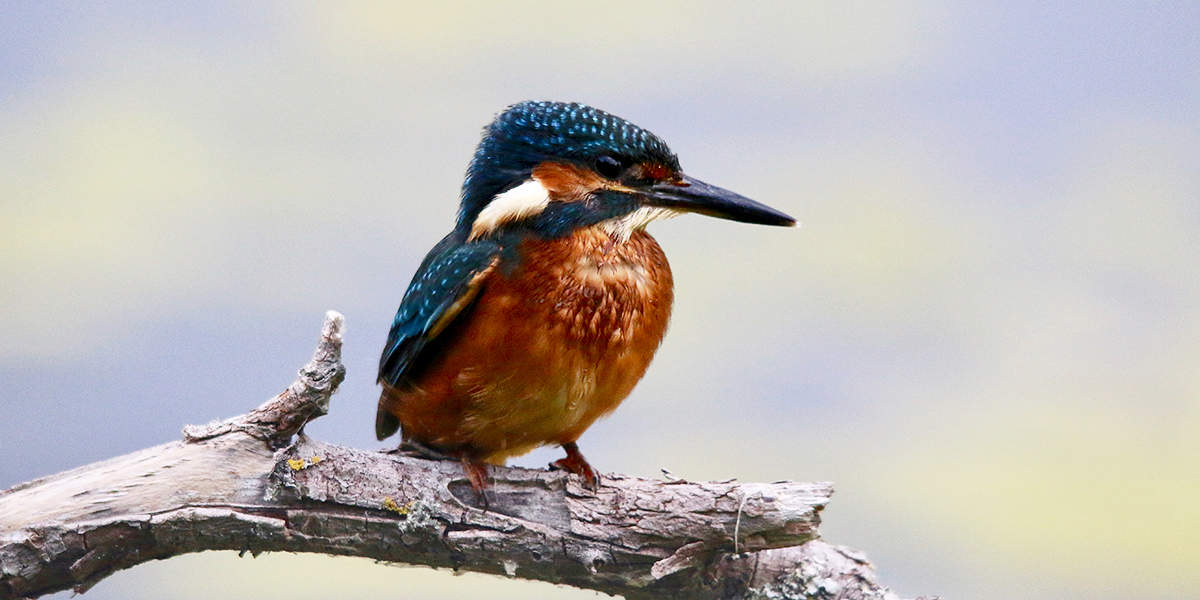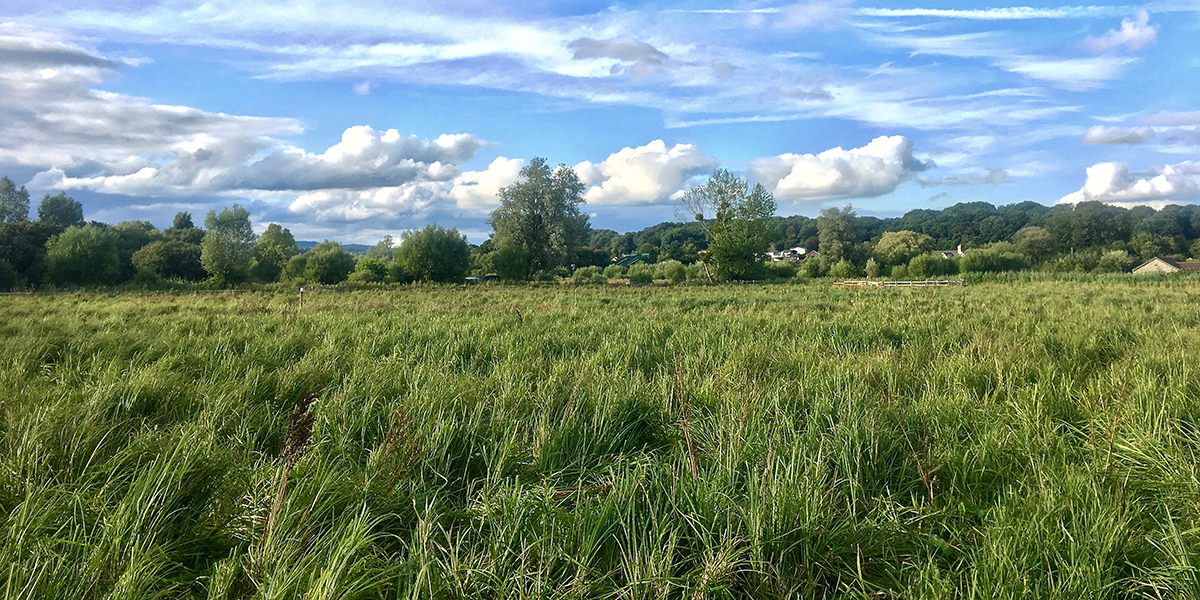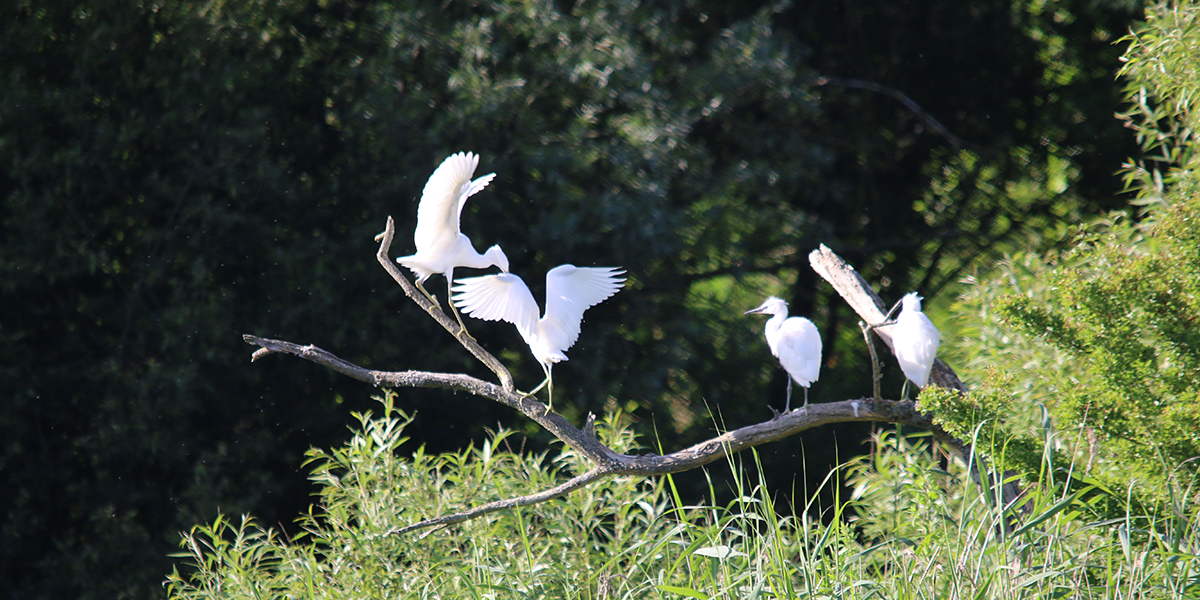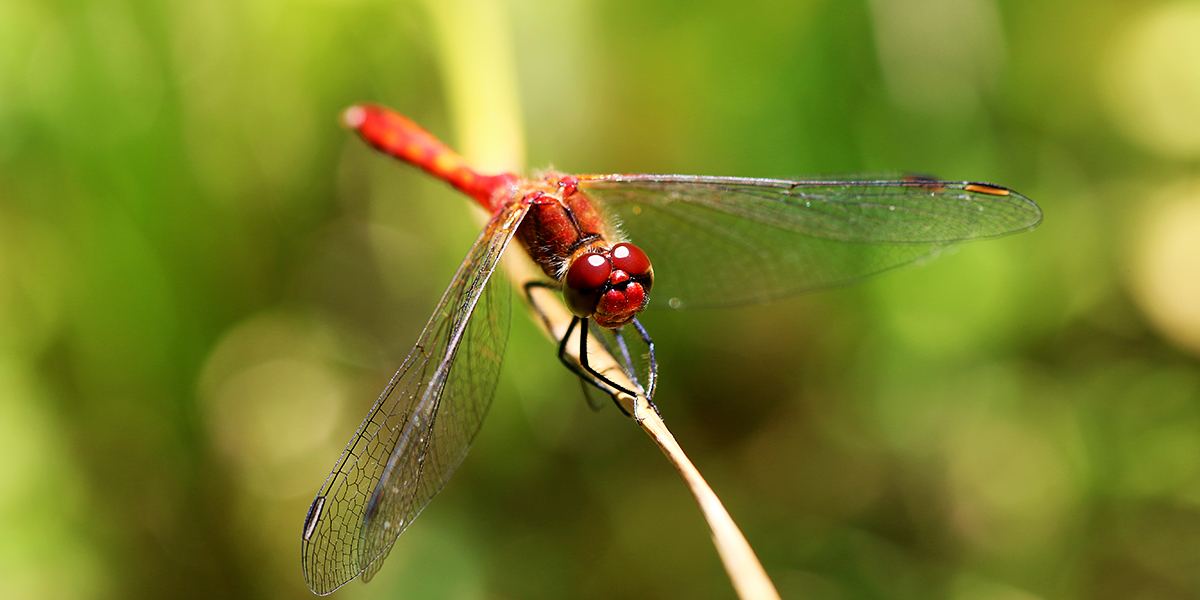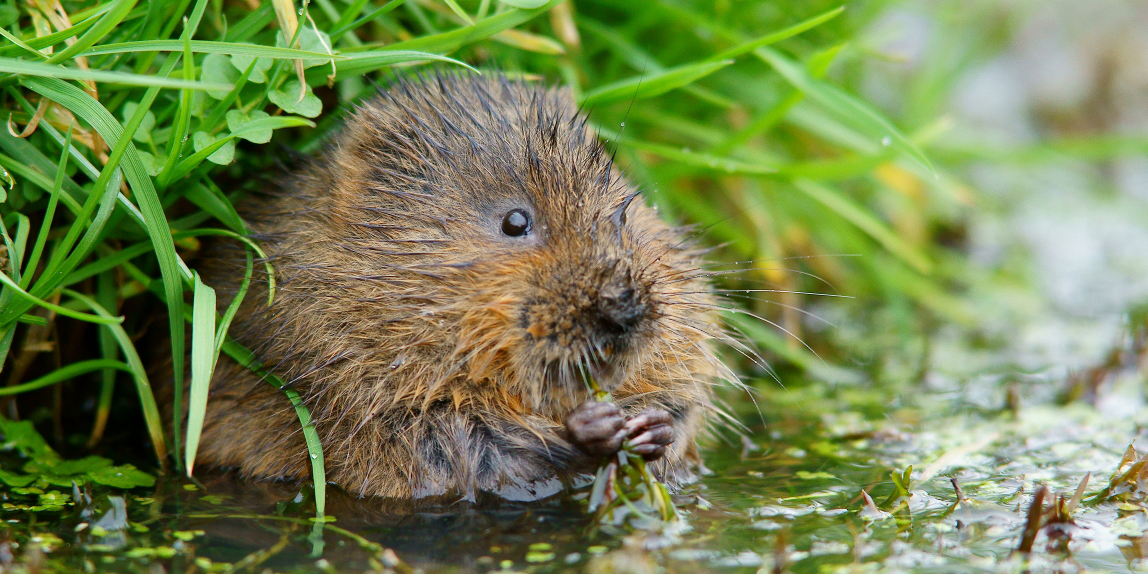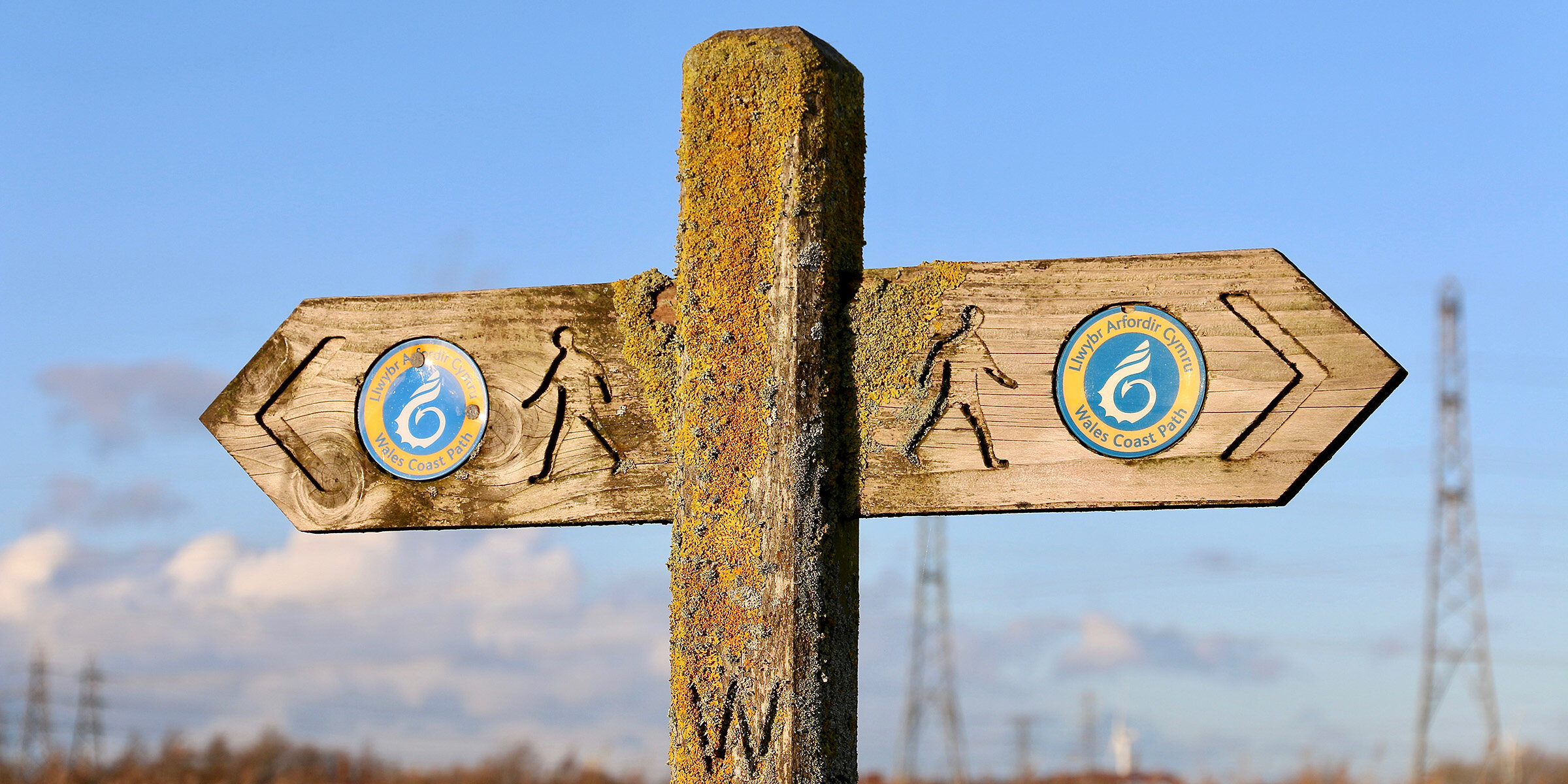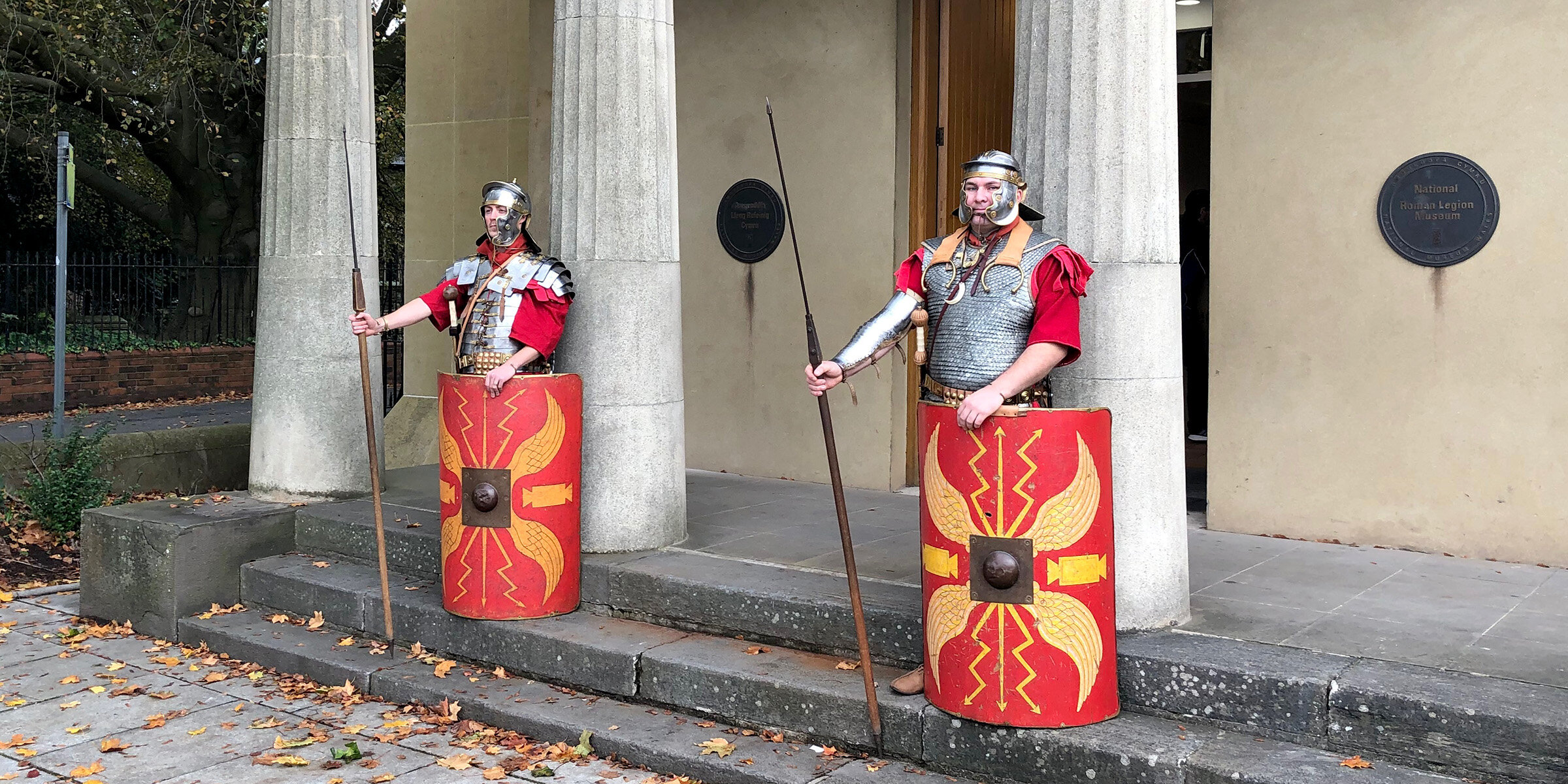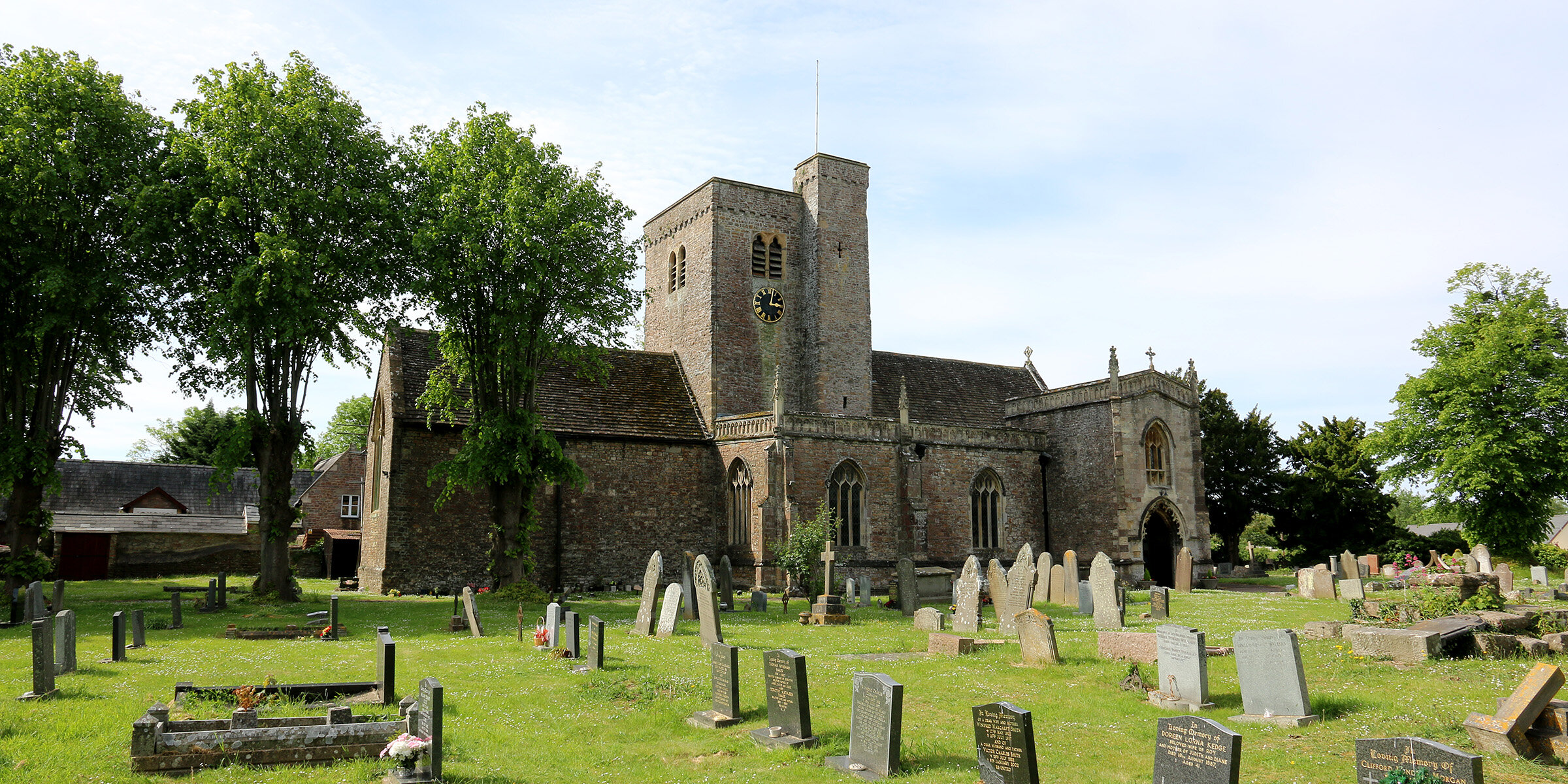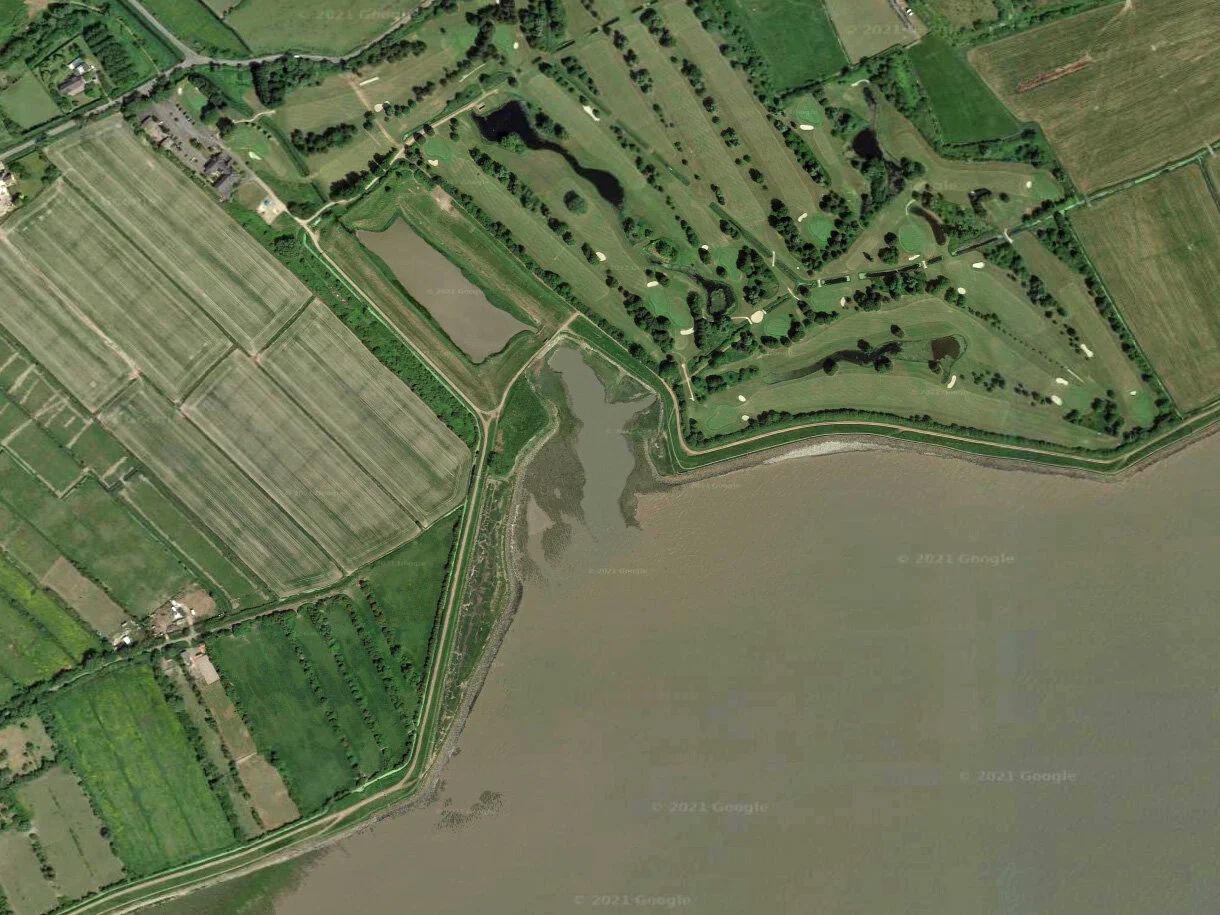Magor Marsh is one of the last fragments of fenland on the Gwent Levels, a landscape which has existed here for thousands of years.
The reserve has a varied mix of habitats, including damp hay meadows, sedge fen, reedbeds, wet woodland, scrub, open water, and many water-filled ditches. Water levels are fed by underground springs and are kept high by careful management of the reens.
This range of habitats attracts a wide variety of wildlife; look out for little egrets, kingfishers and Cetti’s warbler at the pond, dragonflies along the reens and ditches, and butterflies in the meadows.
As you follow the path beside the reen, look out for signs of water voles. This native aquatic mammal was reintroduced to the reserve in 2012/13, when over 200 were released. The water vole is the UK’s fastest declining mammal; it is hoped that animals released at Magor Marsh will spread across the Levels using the network of interconnected ditches.
Magor Marsh was the Trusts’ first nature reserve, purchased in 1963.
Magor Marsh is owned and managed by Gwent Wildlife Trust. It is a Site of Special Scientific Interest.
Digital Nature Reserves
The Digital Nature Reserves experience offers a whole new way to explore GWT reserves on your phone, tablet or desktop.
Visit GWT’s website to start exploring.
OS Grid Ref: ST 428 866
Website
Opening times
Open at all times.How to get there
By Public Transport
By bike
By road
Digital Nature Reserve
The Digital Nature Reserves experience offers a whole new way to explore GWT reserves on your phone, tablet or desktop.
Visit and explore seven locations on the Gwent Levels using our memory treasure maps which include information about what to look for and activities to help your class or family learn more about each place.
Dragonfly Hotspot
Newport Wetlands is one of a nationwide network of dragonfly hotspots.
Visit the BDS website for more information.


